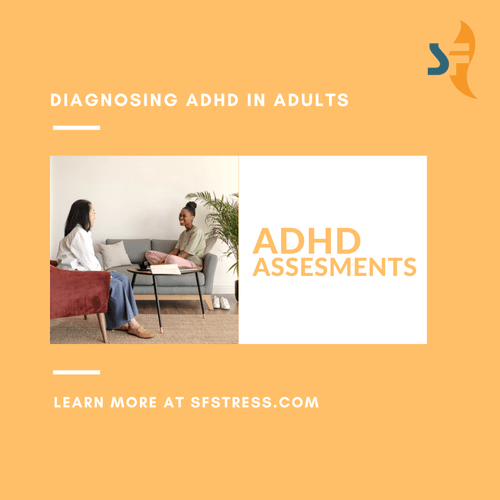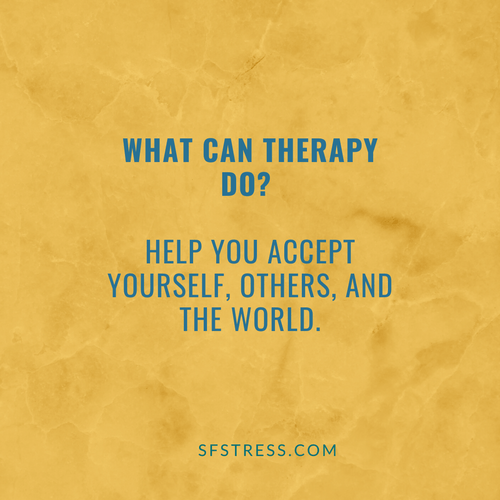If you live with a partner coronavirus quarantine isn’t just about managing your own needs and anxieties. It’s about finding a way to coexist with someone and all of their needs and anxieties, every minute of every day in a confined space for an undisclosed amount of time. If you think that should be easy because you already live together and love one another, you’re wrong, and you know it.
For some couples, being stuck inside together in their own little bubble for a few weeks sounds like a dream come true. But for other couples, this could be their worst nightmare. If you’re feeling stressed out about the impact of coronavirus on your relationship, know that you’re not alone, and your nervous reaction to being quarantined with your partner is normal. Even for the strongest couples, spending every waking minute of the day together (and night times too) can really throw any incompatibilities into sharp focus.
Here are some tips to help your union survive and thrive during the quarantine.
TALK TO EACH OTHER
Communication is essential for a happy relationship on a good day, and all the more so during times of distress.
Venting about life and the current circumstances in the world is a great way to de-stress and connect with your partner. You will no doubt feel comforted by their love and support while you express yourself.
Just remember that dwelling on negative subjects can bring down morale and may cause your partner unnecessary stress, so don’t forget to communicate about the positives in your life as well. And when talking, be aware that listening is just as important. Take this time to learn how to really hear each other.
CREATE A SCHEDULE
Most of us rely on schedules for a sense of stability and even to combat things like anxiety and depression. So, without our normal 9-to-5 routines, tempers might already be a little frayed.
Try minimizing conflicts by creating a rough schedule to add some structure to your days together. Create new routines to give life meaning and purpose beyond the mundane. It can be helpful to assign roles for each day: who cooks, who cleans, who is on diaper duty, and so on. Depending on both of your work styles and requirements, understanding what each other’s days look like can help foresee any issues and areas where you can compromise.
SHOW RESPECT AND KINDNESS
It’s tempting to barge into your partner’s office when you have an interesting thought and know for a fact he or she is in there but do so respectfully. Knock on the door, check if they are busy, and ask if they have time to talk for a minute.
You and your partner may not always be on the same page during this quarantine and that’s okay Remember to show some respect to your partner’s work, personal space, and indulgences before invading.
We are all trying to figure out this “new normal”, and our daily habits and priorities are bound to change as we adjust. Be patient with your partner.
FIND NEW THINGS TO DO TOGETHER
One of the biggest strains on your relationship is going to be boredom, stuck in the same place with little outside distraction.
If you’re in lockdown, you’re probably seeing a lot more of your partner than ever before – so it’s important to find new things to do together. Share in each other’s passions, cook a new cuisine together, start a DIY project together, enjoy the extra time in bed to try something new, write a list of all the things you’re going to do as a couple when this uncertainty eventually ends. There are tons of ways to make some happy memories and keep your spirits high while you’re safe at home. Look at this as an opportunity to grow closer. Making memories now could be stories you share forever.
SPEND TIME ALONE
Part of a healthy relationship is being able to spend time by yourself. Couples don’t have to be together 24/7 – even during a lockdown! Take time to do the things you want to do. Practice your own hobbies, keep in contact with friends and family, journal, exercise alone and practice solo self-care.
When you feel a little suffocated and want some peace and quiet to binge a show or nap without judgement, calmly give your partner a smile and say, “I’m going to head to the bedroom for some quiet time. Could you give me an hour or two alone?” A smile lets them know that this is for your sanity, not because of them, and adding a clear time frame lets them know you are serious and helps you both create boundaries during your time in separate corners.
This will help you to feel connected with yourself which, in turn, will make you a better person for your partner to be around. It’s healthy to take your me-time, even if you’re isolating together.
GIVE GRACE
Give yourself, and your partner, some grace during this unknown and anxious time. When anxiety and stress are heightened, our cortisol levels skyrocket and we can easily ‘snap’ at our spouse. When arguments occur, always follow through with repair work together. Own your emotions and your actions and leave room for grace with each other.
We have the ability to create a narrative of this chapter in our life. When you look back in a few years at this time in your life, how do you want to tell this story? How do you want to say this chapter in your life formed you individually and in your relationship?
We can choose to view this time as challenging or suffocating; or, we can choose to view this time as a time for internal reflection, relational building and learning, and intimate connection. This time in our world is new and unknown. We are all figuring this out together. We need the ongoing support from those around us to make it through.
We have couples therapists available to you if you and your partner wan to talk to a professional and make sure any issues don’t get worse. Feel free to reach out to us today.



